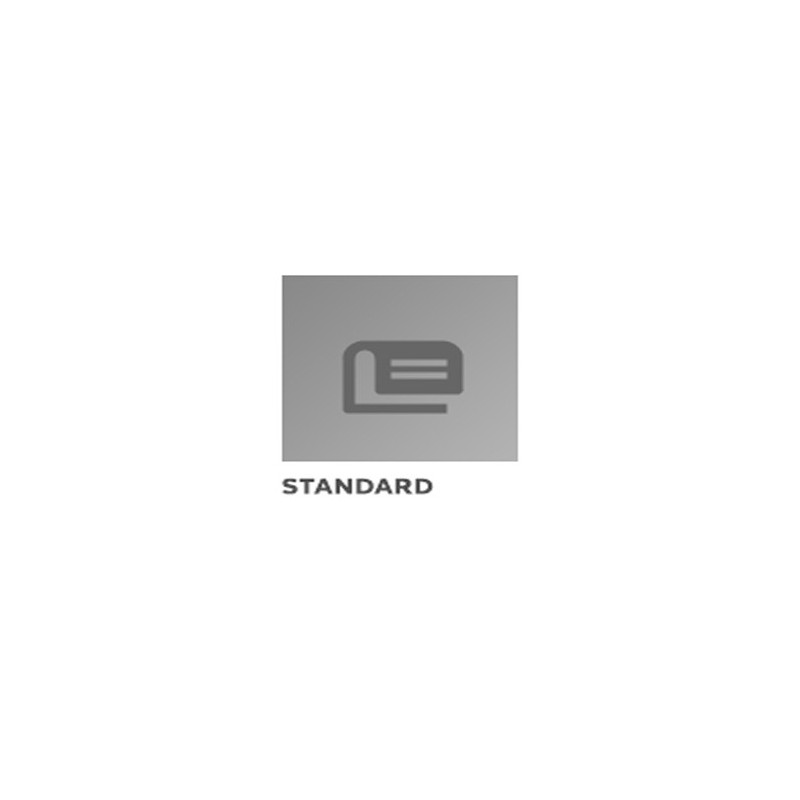Description / Abstract:
INTRODUCTION
The intent of this book is to introduce the engineer to what he
may expect to encounter in a matter of litigation. Being so
introduced, the engineer may:
- be able to avoid litigation altogether,
- know what leads to litigation,
- understand what accidents are, and how they are caused,
- learn something about the litigation process,
- realize the importance of decisions made by an engineer,
- be aware of how the engineer can assist the attorney,
- know what to expect in discovery, in deposition, and at trial,
and
- know how to best conduct himself in those situations.
By exploring these subjects, the engineer will be less
frightened by the prospect of litigation and more effective in
assisting his company or his attorneyclient. He will understand the
importance of his professional work and his obligations to
society.
You will probably become familiar with the courtroom and with
litigation through the same means as many others—you will be asked
to defend a de-sign for which you held responsibility. You won't
particularly like the idea of being told through an
official-looking piece of paper that "You have been summoned to
appear" before a court reporter and a group of attorneys for a
deposition in a matter that involved serious injuries to a
plaintiff. You will be told that you would be expected to produce
certain written information, records, and other documents. You will
also be told that the attorneys will ask questions of you and that
you will answer those questions under oath and under penalty of
perjury.
But you haven't done anything wrong! Why you? Simply because you
were the engineer in charge of the product or design and because,
under the rules of litigation, the plaintiff has the right to
"discover" information and to question you about the product and
its design.
In a nutshell, when you design a machine or a product, you have
an obligation to society that the product be "reasonably safe" and
"not defective or dangerous for its intended uses."
Now, that is not an unreal expectation. When a customer pays
money for a product, he has a right to expect it to work properly,
and the plaintiff in a matter of litigation is merely exercising
his right to claim—if it is provable— that your product did not
work as he expected, and that he had been injured in some way by
that lack of proper performance. He may make that claim through
proper procedures in an appropriate court.
You may be somewhat frightened in this situation, until you
discover that one proper response to a claim may be to describe the
product, the way it was designed, and the proper use and care for
the product. Then, if you discover that the plaintiff's claims were
based upon some incorrect assumptions on his part (or on the part
of his attorney, possibly) you may point out those errors. By
explaining the proper way the machine works, and by showing how the
accident really happened, you may be able to refute the claims. A
jury then, may find no fault in the design.
As a designer, you have a lot of publics to satisfy. You must
design a product that will be successful for your employer. Your
supervisor must be convinced that he can depend on you and your
professional abilities. The product must meet the general plans and
objectives of the business that pays your salary. You need to care
for your family.


